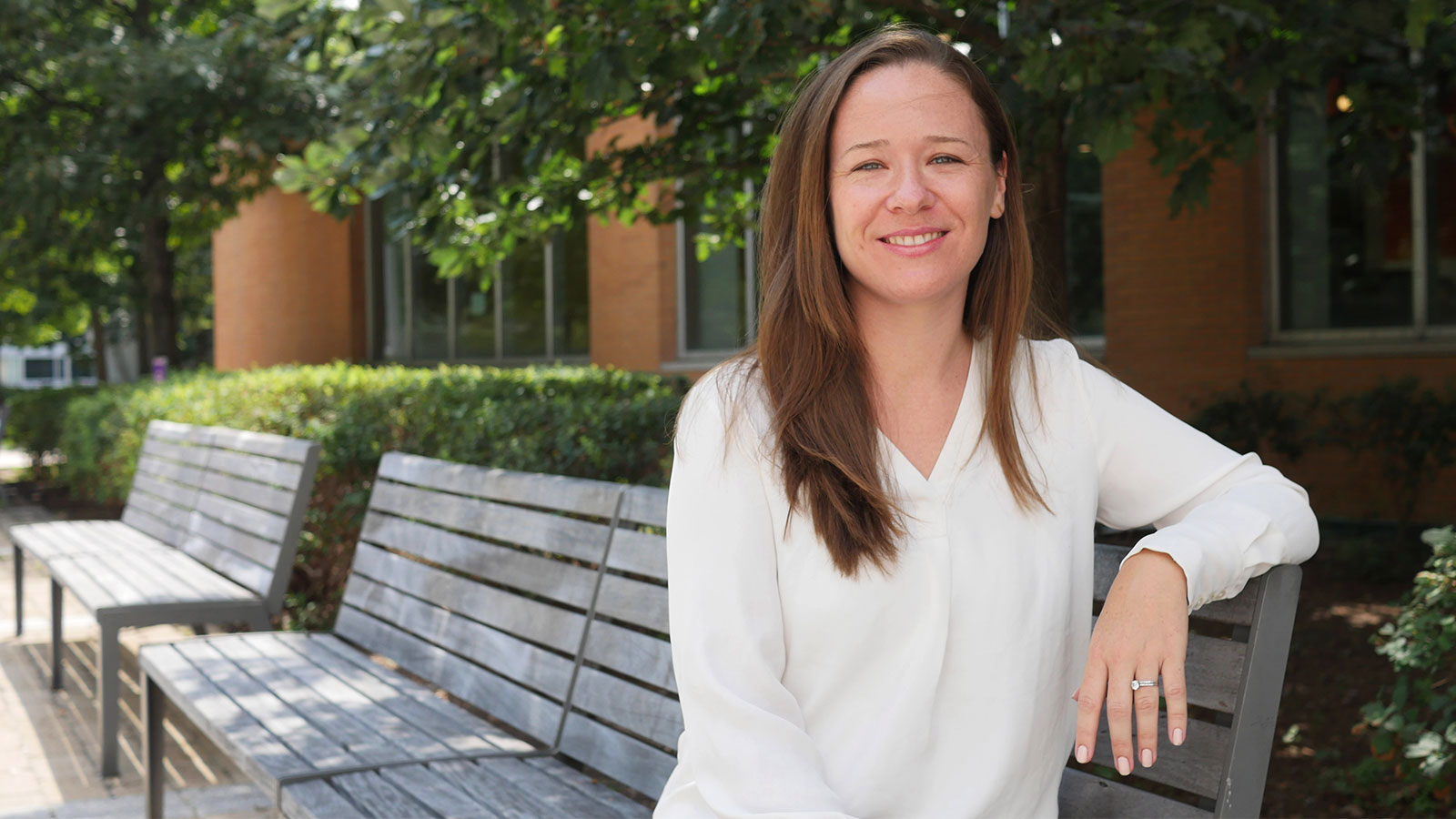Education
- PhD, 2016, Stanford University School of Medicine
- BA, 2008, Molecular Biology, Princeton University
Research Summary
Our bodies are tuned to detect and respond to cues from the outside world and from within through exquisite collaborations between cells. For example, the cells lining our airways communicate with sensory neurons in response to chemical and mechanical signals, and evoke key reflexes such as coughing. This cellular collaboration protects our airways from damage and stabilizes breathing, but can become dysregulated in disease. Despite their vital importance to human health, fundamental questions about how sensory transduction is accomplished at these sites remain unsolved. We use the mammalian airways as a model system to investigate how physiological insults are detected, encoded, and addressed at essential barrier tissues — with the ultimate goal of providing new ways to treat autonomic dysfunction.Awards
- Warren Alpert Distinguished Scholars Award, 2021
- Life Sciences Research Foundation Fellowship, 2018
Key Publications
- An Airway Protection Program Revealed by Sweeping Genetic Control of Vagal Afferents. Prescott, SL, Umans, BD, Williams, EK, Brust, RD, Liberles, SD. 2020. Cell 181, 574-589.e14.
doi: 10.1016/j.cell.2020.03.004PMID:32259485
Recent Publications
- The wonderful wanderer. Prescott, S. 2024. Semin Cell Dev Biol 159-160, 62-63.
doi: 10.1016/j.semcdb.2024.01.001PMID:38335774 - An airway-to-brain sensory pathway mediates influenza-induced sickness. Bin, NR, Prescott, SL, Horio, N, Wang, Y, Chiu, IM, Liberles, SD. 2023. Nature 615, 660-667.
doi: 10.1038/s41586-023-05796-0PMID:36890237 - Internal senses of the vagus nerve. Prescott, SL, Liberles, SD. 2022. Neuron 110, 579-599.
doi: 10.1016/j.neuron.2021.12.020PMID:35051375 - Area Postrema Cell Types that Mediate Nausea-Associated Behaviors. Zhang, C, Kaye, JA, Cai, Z, Wang, Y, Prescott, SL, Liberles, SD. 2021. Neuron 109, 461-472.e5.
doi: 10.1016/j.neuron.2020.11.010PMID:33278342 - An Airway Protection Program Revealed by Sweeping Genetic Control of Vagal Afferents. Prescott, SL, Umans, BD, Williams, EK, Brust, RD, Liberles, SD. 2020. Cell 181, 574-589.e14.
doi: 10.1016/j.cell.2020.03.004PMID:32259485 - Arterial Baroreceptors Sense Blood Pressure through Decorated Aortic Claws. Min, S, Chang, RB, Prescott, SL, Beeler, B, Joshi, NR, Strochlic, DE, Liberles, SD. 2019. Cell Rep 29, 2192-2201.e3.
doi: 10.1016/j.celrep.2019.10.040PMID:31747594 - Ever-Changing Landscapes: Transcriptional Enhancers in Development and Evolution. Long, HK, Prescott, SL, Wysocka, J. 2016. Cell 167, 1170-1187.
doi: 10.1016/j.cell.2016.09.018PMID:27863239 - Enhancer divergence and cis-regulatory evolution in the human and chimp neural crest. Prescott, SL, Srinivasan, R, Marchetto, MC, Grishina, I, Narvaiza, I, Selleri, L, Gage, FH, Swigut, T, Wysocka, J. 2015. Cell 163, 68-83.
doi: 10.1016/j.cell.2015.08.036PMID:26365491 - Human genetic variation within neural crest enhancers: molecular and phenotypic implications. Rada-Iglesias, A, Prescott, SL, Wysocka, J. 2013. Philos Trans R Soc Lond B Biol Sci 368, 20120360.
doi: 10.1098/rstb.2012.0360PMID:23650634 - Alternative polyadenylation mediates microRNA regulation of muscle stem cell function. Boutet, SC, Cheung, TH, Quach, NL, Liu, L, Prescott, SL, Edalati, A, Iori, K, Rando, TA. 2012. Cell Stem Cell 10, 327-36.
doi: 10.1016/j.stem.2012.01.017PMID:22385659

